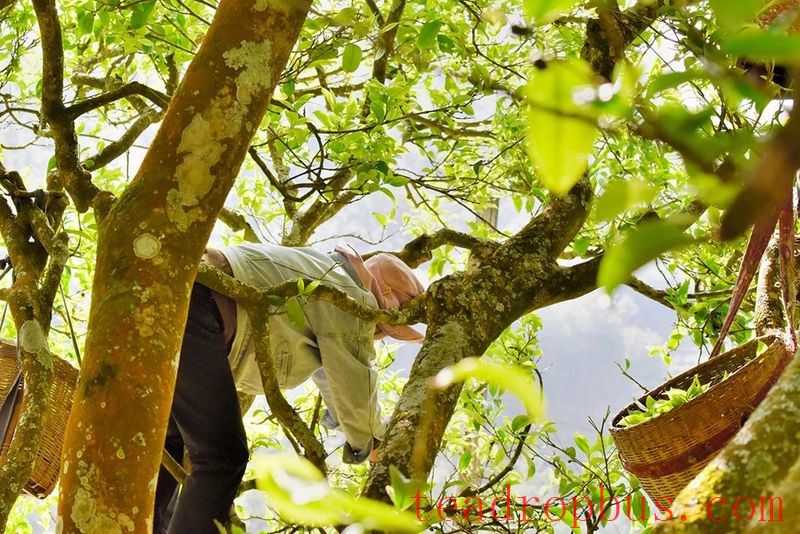Around the Qingming Festival, the last hint of chill in the spring breeze quietly disappears. In Changning, located upstream in the high-quality Tea region of the Lancang River Basin, the green of spring tea leaves paint the most beautiful scenery. The old tea trees, known as “original teas” of Changning, attract the attention of tea lovers with their fresh green hues.
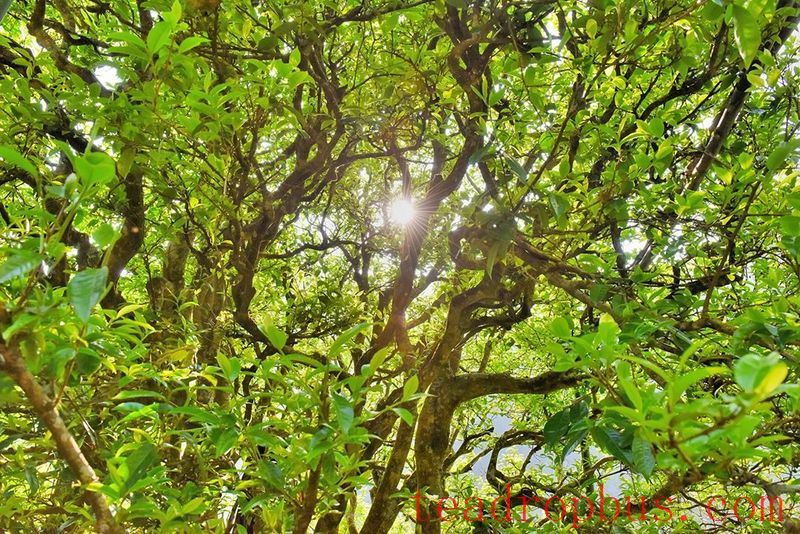
Spring tea, rich in nutrients, has thick leaves and a high content of aromatic substances and vitamins, making it favored for its fresh and refreshing taste, strong aroma, and smooth mouthfeel. The “original tea” of Changning, distinct from both naturally occurring wild tea and modern cultivated tea varieties, is particularly favored by many people.
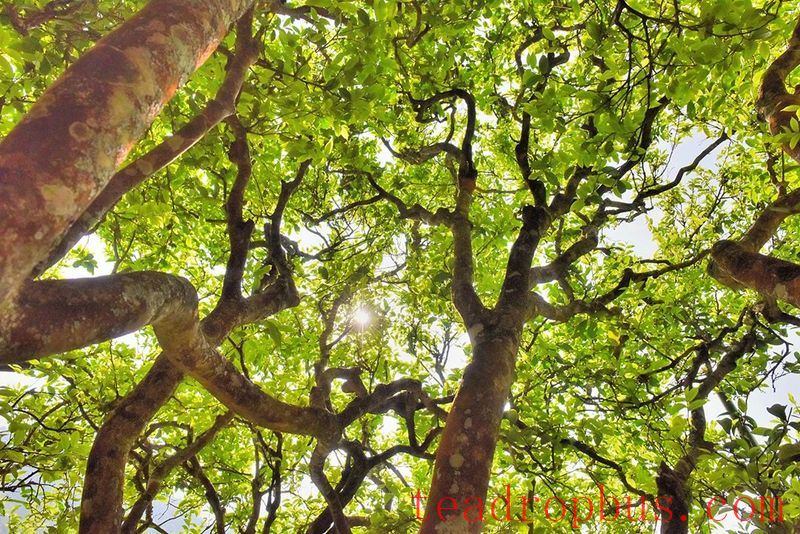
Mangshui Laochang, one of the villages along the Lancang River, may not be well-known in either Changning or on Yunnan's tea map, but it hides many ancient tea trees. Regardless of whether others know about them, these ancient tea trees sprout new green leaves every spring, bestowing the vitality of nature upon humanity.
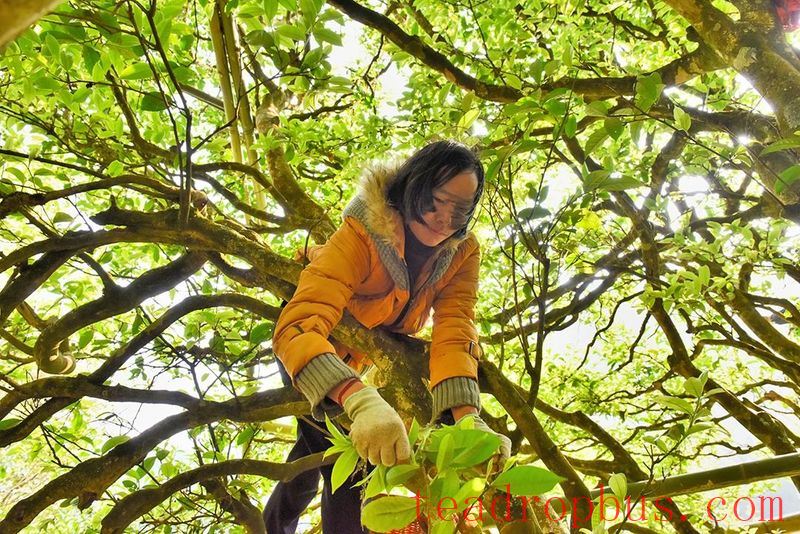
On the large tea tree known as the “Laochang Tea King” in Zhujia Village, over a dozen tea pickers are climbing the tree, picking tea leaves while chatting and laughing. Chen Jun, the lessee of the large tea tree, happily says, “This type of tea is different from both large-leaf and small-leaf teas; it is a local old variety. Its characteristics include early sprouting, yellowish-green buds and leaves, and relatively thin leaves. The sun-dried Green Tea made from it does not have as strong a flavor as that of large-leaf tea, but is much stronger than that of small-leaf tea. It has good sweetness and fragrance, and is very popular.”
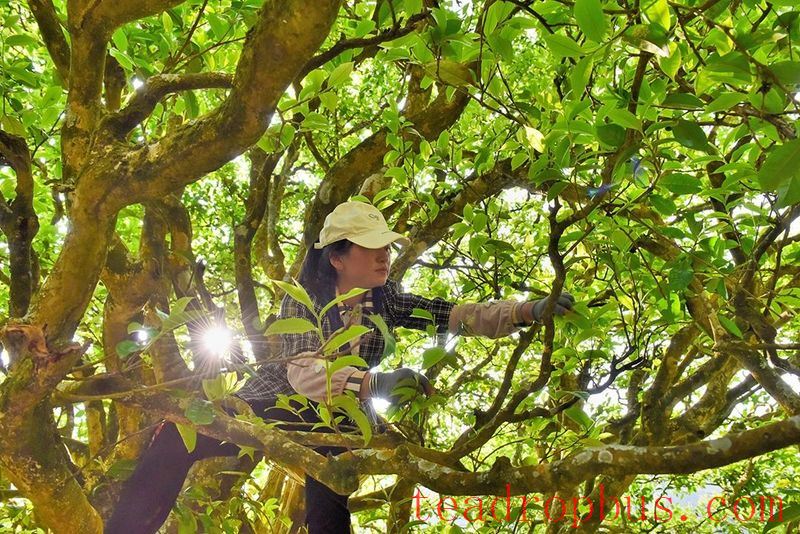
In Chen Jun's words, “large tea” and “small tea” refer to locally cultivated large-leaf tea and wild Dali tea, respectively. According to available information, before the widespread cultivation of large-leaf tea, many tea areas in Changning were mostly planted with wild Dali tea, as well as some naturally occurring hybrids or variants, which locals often referred to as “flower tea,” “old variety tea,” or “slender leaf tea,” without a unified name. These teas, after being identified by experts multiple times, were named Changning large-leaf tea, or given names based on their location plus “original head tea” or “original tea,” all belonging to local sexually propagated superior cultivars.
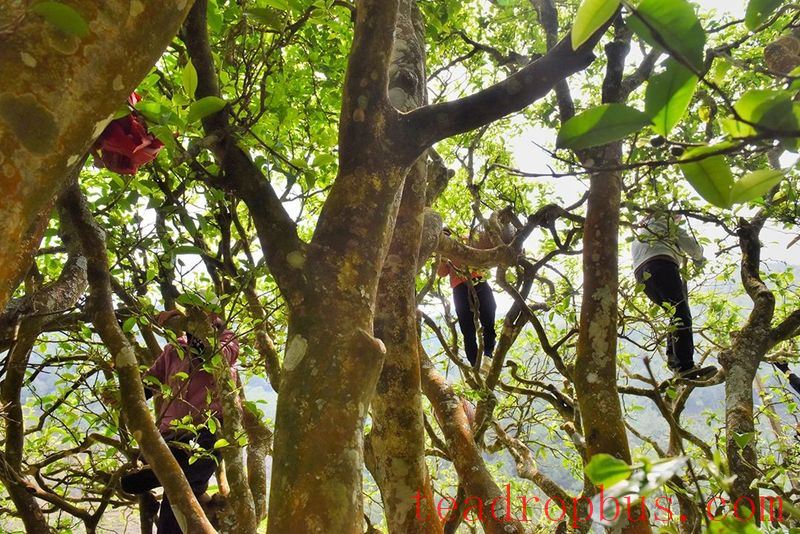
“I've been contracted to pick this tea tree for more than 20 years, with a normal annual yield of around 100 kilograms.” Speaking about this ancient tea tree that stands alone like a forest, Chen Jun has endless things to say, “When I first leased it, there was no concept of ancient tree tea. I negotiated with the owner because the buds it produces are relatively long, so I asked to lease it and sell the ‘long tea' to tea bosses to make more money. After the rise of ancient tree tea, a boss from Fengqing's Pinghe village came to see it and said it was an ancient tree tea, so I supplied him with raw materials. Later, Mr. Yu from Chongqing came to see it, liked this tea, and I specifically managed and supplied fresh leaves according to his requirements. This year marks our eighth year of cooperation.”
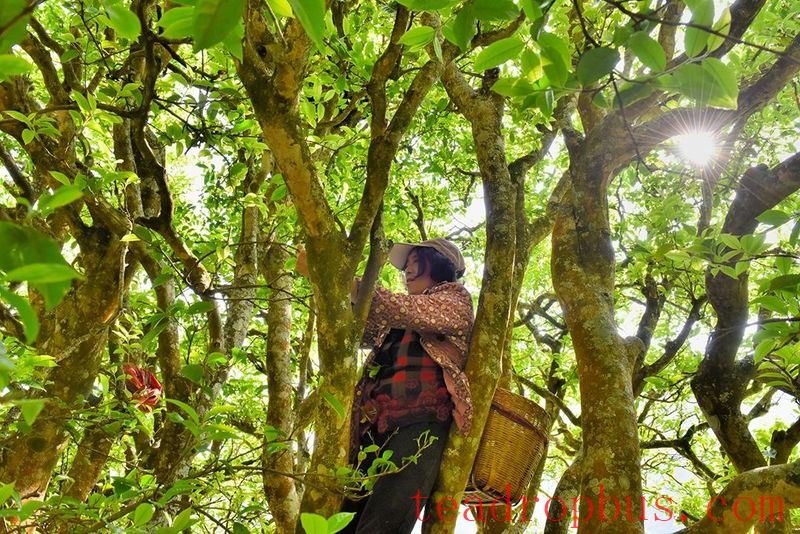
The “Mr. Yu” mentioned by Chen Jun is Yu Ren, a retired professor from a university in Chongqing. Because of his love for tea, he has traveled to major tea-producing regions across China, especially in Yunnan, in search of tea that suits his taste, to produce the tea he likes. Yu Ren says, “Although this tea is not the most typical Yunnan large-leaf tea, it has its own characteristics, with light bitterness and astringency, high sweetness, and ample fragrance. Among the teas I produce, it ranks among the top quality ones and is loved by many friends.”
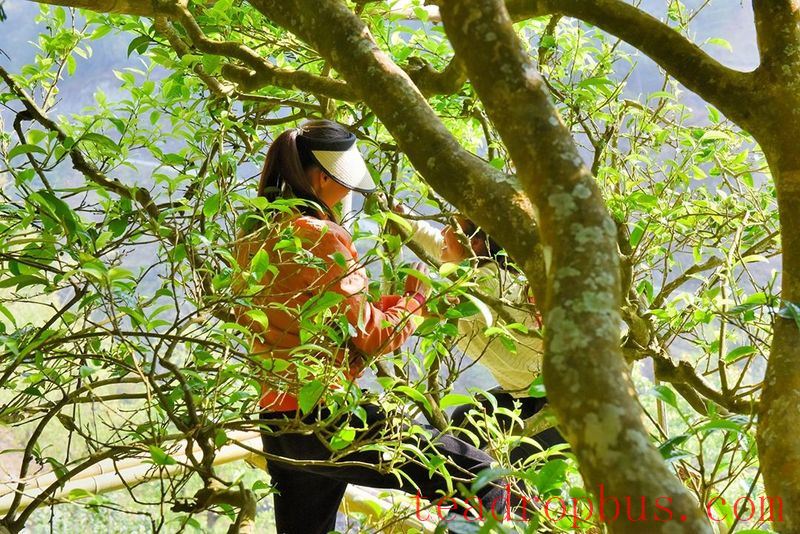
“I've visited many places in the tea region of Changning and worked with many ancient tea trees, and I'm still doing so. There are actually many fine teas here; what they lack is fame, especially the wild teas and these naturally occurring tea tree varieties. They have distinctive features whether processed into sun-dried green tea, Black Tea, or White Tea.” When it comes to tea, Yu Ren opens up, “In producing tea, I don't deliberately pursue famous mountains or famous trees, but rather experience and feel them myself, searching for the teas I like. In Changning, in Laochang, I found the teas I like.”
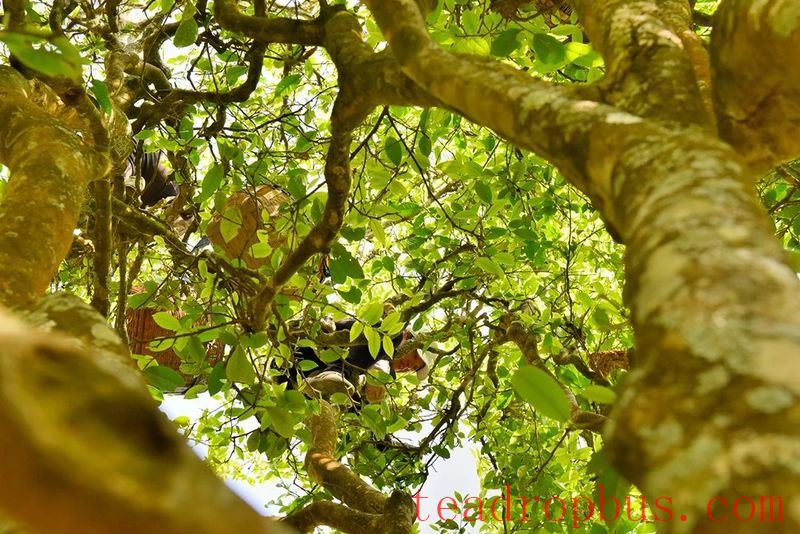
“The ancient tea trees in our area have a considerable variety; there are many types even within a single plot of land, each tree different from the next. Over the years, the fresh leaves of our ancient tea trees have been sold to bosses from neighboring counties, which isn't a loss for tea farmers, but it means we don't have much fame in terms of products,” says Chen Jun, who has been engaged in the acquisition of ancient tea tree fresh leaves for over 20 years. Sometimes, he processes part of the product according to customer requirements. He believes that there are many good teas in the Laochang, Minghua, and Mingde areas, just waiting for the right people to discover them.
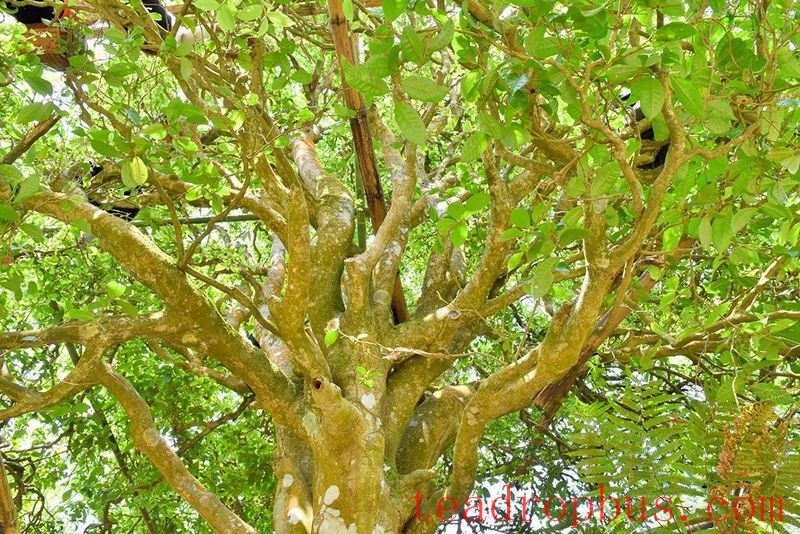
“Our Laochang community has excellent tea resources and a solid tea industry foundation. There are 11,067 ancient tea trees with a basal circumference of 15 centimeters or more throughout the community, and 3,373 mu of tea gardens. Now, almost all of the ancient tea trees have been claimed or are under targeted purchase. The annual income from the tea industry exceeds 8 million yuan, serving as a significant source of income for villagers,” says Yu Jiashi, Secretary of the Community Party Branch of Laochang. “We will protect our unique and advantageous resources like we would our eyes, striving to improve comprehensive benefits and truly turning tea trees into ‘money trees' for villagers and tea leaves into their ‘golden leaves'.”
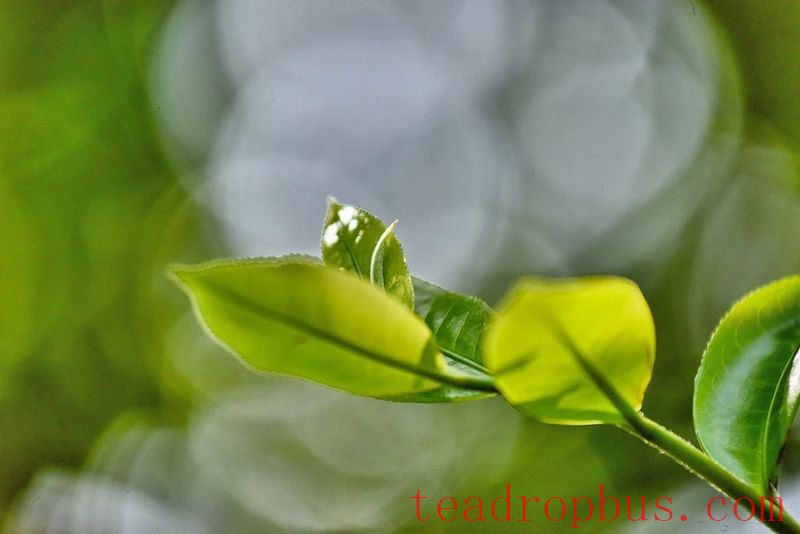
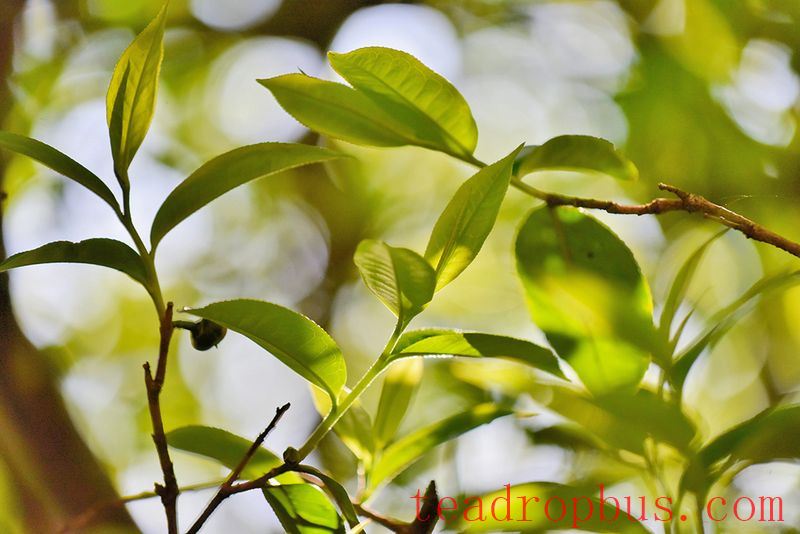
In the gentle spring breeze, feeling the faint fragrance of tea, one cannot help but recall the poem by Zheng Tianxi of the Song Dynasty: “The Cangjiang River brings life to spring tea; in the cold valley, green flowers bloom under the night lamp.” If the poet had come to the banks of the Lancang River, to Changning, and to Laochang, he would surely have been intoxicated by the rich aroma of ancient tree spring tea, composing even better verses and leaving behind more memorable stories.
